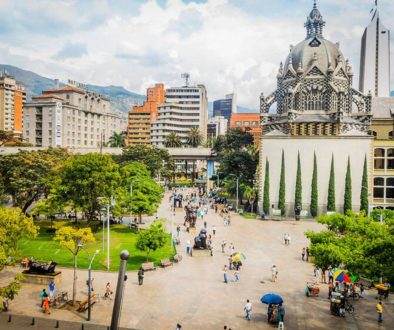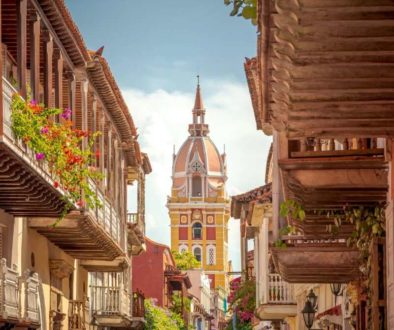Medellin, Colombia: How ‘the most dangerous city on Earth’ got a makeover
Twenty-five years ago, Time magazine dubbed Colombia’s Medellin “the most dangerous city on Earth”. Drug lords lived like princes, judges and policeman were regularly assassinated, paramilitaries invaded neighbourhoods and ordinary people disappeared overnight without trace. Even 10 years ago, Medellin was a “bad-ass town”. Violence reigned, civil society had been destroyed and no one seemed to know how to put Medellin back together again.
Fast-forward to the present, and Medellin is a delightful place of law-abiding entrepreneurial folk. With an economy that is among the fastest-growing on the continent, it is one of the great success stories of Latin America.
In 2013, Medellin was hailed as “the most innovative city in the world” by the Urban Land Institute, brimming with creative ideas for urban living, like the eco-arbol, a treelike structure that acts as an air-purifier, and the spectacular Orquideorama for growing orchids. In Barefoot Park, where passers-by are encouraged to discard their shoes to wriggle their toes in pebbles, mud, and soft grass before finally soaking their feet in pools of water, I asked my guide, Julian, what had happened, how Medellin had gone from gangs and gunfire to Zen-like experiences for bare feet.
“Public transport,” he said. It was a moment before I realised he was serious. “Don’t laugh,” he chided me. “The metro was the beginning of all the good stuff. It was like a bridge to a different world. We suddenly realised that things could change. It was the beginning of a revolution in Medellin.”













